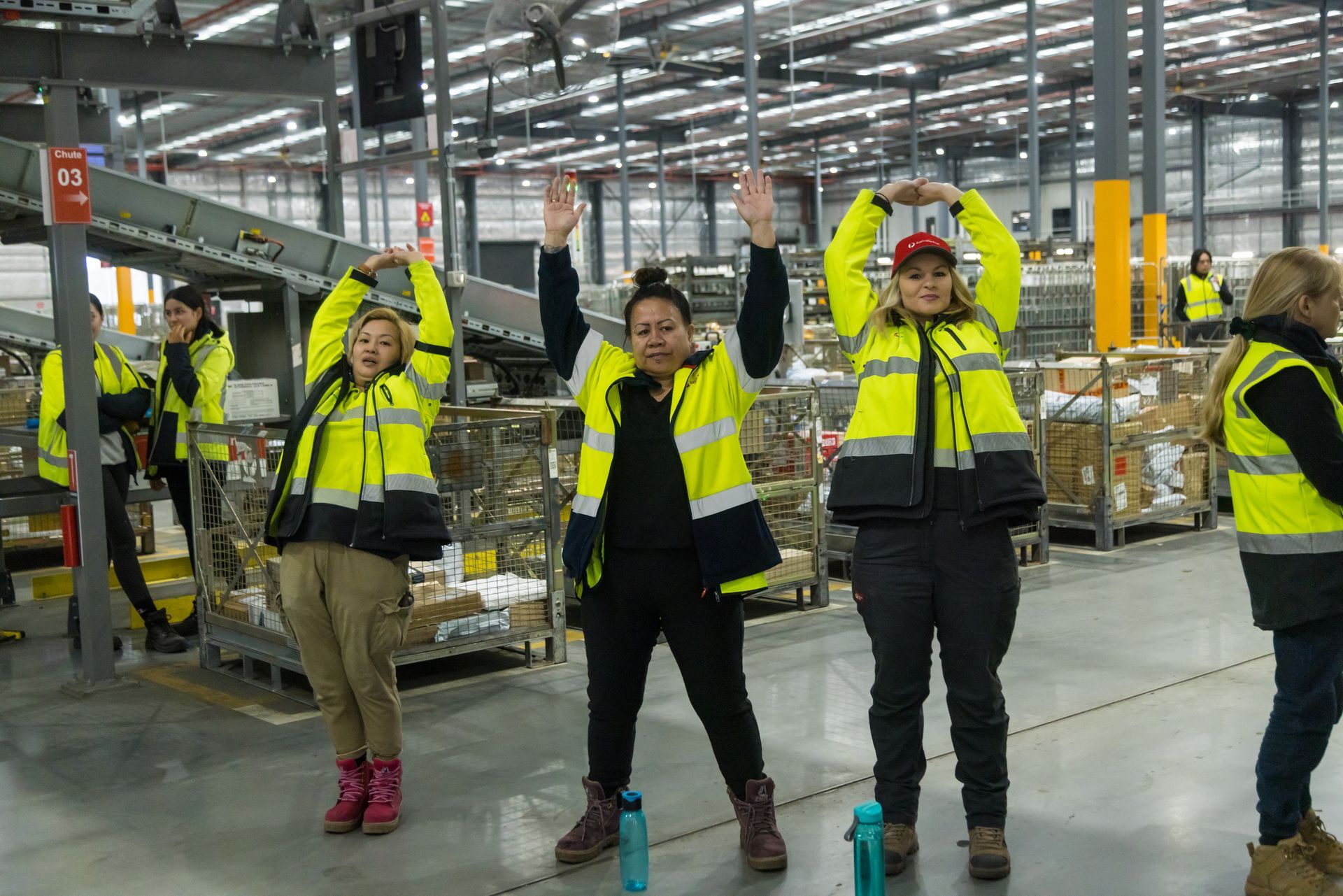Building a Resilient Workforce: Strategies to enhance Employee Wellbeing and Retention
In today's competitive landscape, building a resilient workforce is no longer a "nice-to-have" but a necessity.

A resilient workforce – one that can withstand stress, adapt to change, and bounce back from setbacks – is crucial for sustained success and growth. This resilience directly impacts employee wellbeing, relationships and culture, consequently, retention rates. Losing valuable and experienced employees is costly, both financially and in terms of lost expertise and institutional and operational knowledge. Investing in employee wellbeing is a strategic imperative for businesses of all sizes and surprisingly, not as expensive as you might think.
To understand improved wellbeing and the impact on higher retention rates, we must explore the link to workforce resilience.
Understanding the Pillars of Resilience:
- Physical Health: Promoting physical wellbeing through initiatives like ergonomic assessments, health screenings, workplace risk and task screening and assessment and promoting healthy lifestyle choices (e.g., gym memberships, wellness programs).
- Mental Wellbeing: Addressing mental health concerns through stress management training, Mental Health First Aid, access to mental health resources (EAPs – Employee Assistance Programs), and creating a culture of open communication where employees feel comfortable discussing challenges with peers and leaders.
- Social Support and Interaction: Fostering a strong sense of community and belonging within the workplace. This involves promoting teamwork, encouraging social interaction, and offering opportunities for collaboration.
- Purpose and Meaning: Connecting employees to the organization's mission and values. When employees feel their work is meaningful and contributes to something larger than themselves, they are more likely to be engaged, have higher job satisfaction and be resilient.
- Growth and Development: Providing opportunities for professional development and skill enhancement. This can include training programs, mentoring opportunities, and clear career progression pathways. A sense of continuous learning boosts morale and fosters a growth mindset.
Where to start
Building resilience in keeping with these pillars will enhance the wellbeing of the people of your organisation. The above represents best practice wellbeing, a multifaceted approach, tailored to the specific needs of each employee level. Rather than striving for this now, here’s where you might start to improve wellbeing and resilience in your workforce;
- Invest in Training and Development: Regardless of level, employees value opportunities to learn and grow. Mental Health First Aid is one of these practical examples that offers training in an important area of workplace health and safety and can make an impact almost immediately.
- Promote Open Communication: Encourage open dialogue about challenges and concerns. Regular feedback sessions, pulse surveys, and anonymous feedback mechanisms can help gauge employee sentiment and identify potential issues early on. Do you have an open forum meetings? Do you offer anonymous organisational feedback via HR systems? These two suggestions can be pivotal in promoting open communication without fear of repercussions, helping leaders and executives understand emerging risks in a business and how to support resilience building.
- Foster a Supportive Culture: Create a workplace environment where employees feel valued, respected, and supported. This includes promoting teamwork, recognizing achievements, and celebrating successes. I can first hand speak to the benefits of our internal ‘Rewards and Recognition’ program and the impact on job satifaction scores.

